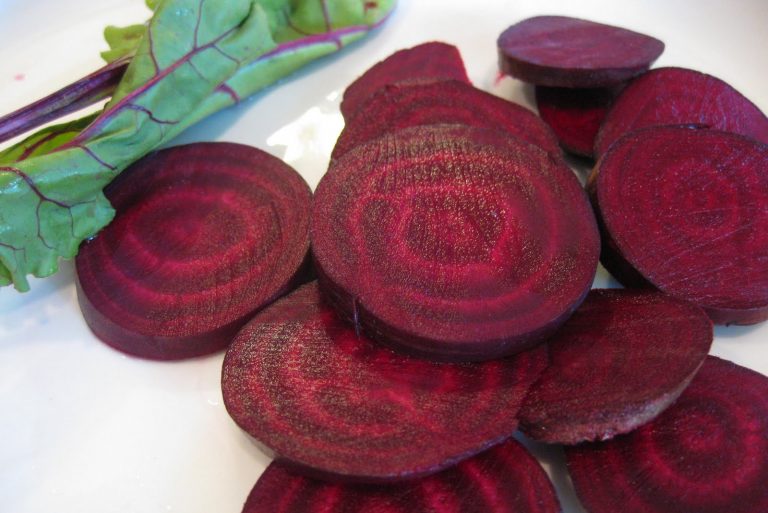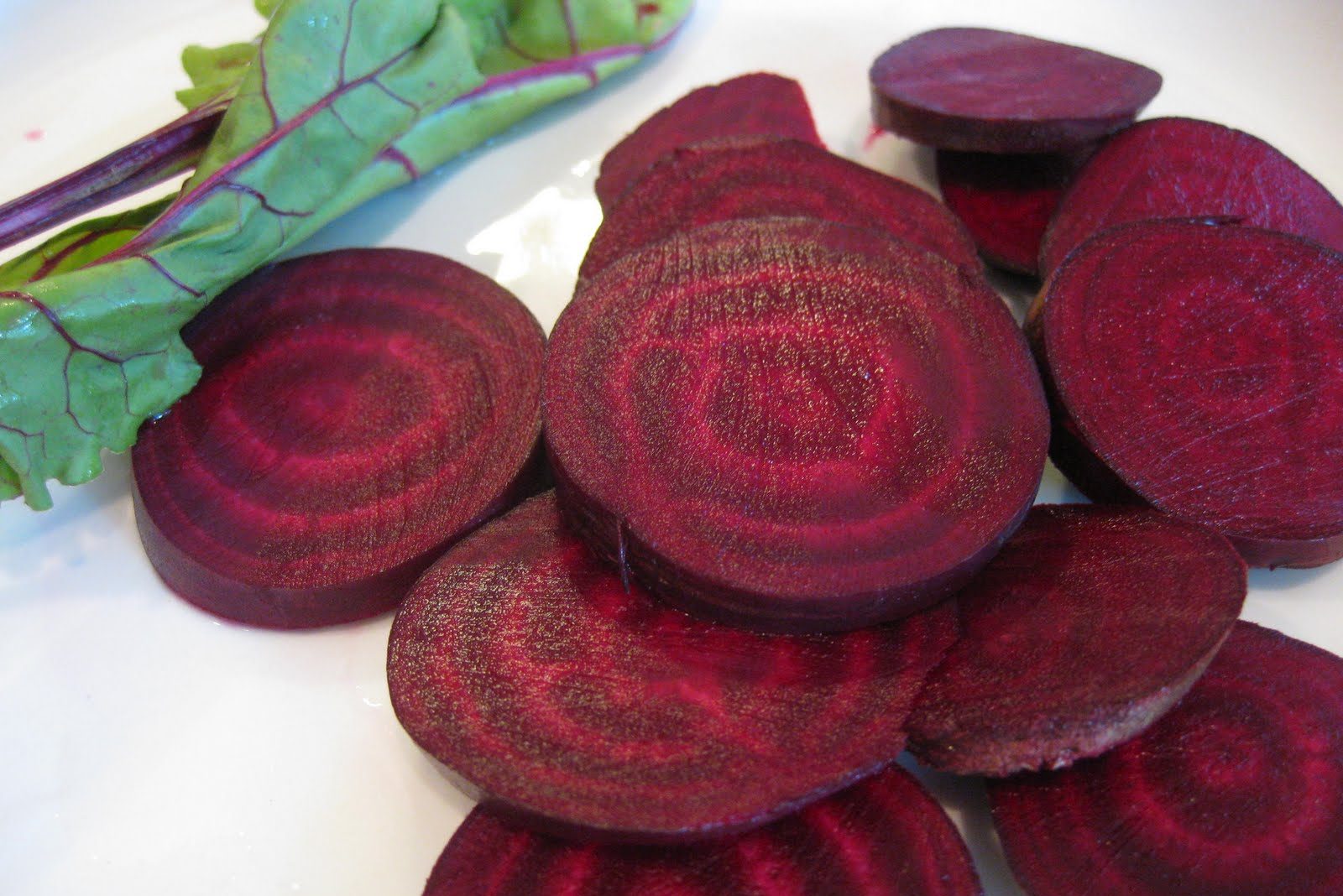With the cleaning and scrubbing well underway (oh, to be finished) it is now time to concentrate on the kitchen, and the preparation of those special Pesach foods. Since beets are one of the most widely and traditionally used vegetable at this time of year, we will focus on them (and sneak in a little something sweet to serve for dessert.
 As a kid, I never really enjoyed beets and this notion stayed with me into adulthood. Now that I have discovered so many tasty and beautiful recipes, beets feel like a whole new food to me and I have really started to like them. Beets have a dark, lovely reddish hue that adds a lot of color to any Pesach table, which is another one of their benefits. They are also loaded with healthy vitamins.
As a kid, I never really enjoyed beets and this notion stayed with me into adulthood. Now that I have discovered so many tasty and beautiful recipes, beets feel like a whole new food to me and I have really started to like them. Beets have a dark, lovely reddish hue that adds a lot of color to any Pesach table, which is another one of their benefits. They are also loaded with healthy vitamins.
For all these recipes, you must first peel, and then wash off your beets thoroughly. Afterwards, chop them in four, once across, once down, and look at the insides. As long as there is no tunneling from fun little creatures such as white worms inside, they are fine. If you find what looks like long holes, or exactly that, tunnels, or even the little critters themselves, discard that particular beet and go on to the next one.
After the beets are peeled, washed and checked, place them in a medium sized pot, cover them with water, and boil them until soft, about 45 minutes. They are done when a fork inserted into one’s center comes out easily. Turn off the flame, let them cool for 20 minutes, and then place them in the fridge. Beets slice and shred much easier when they have been refrigerated six hours or more first. This is why I personally like to boil my beets early on and then have them ready to go for the following day.
Another thing to know about beets is that they are very versatile; after being cooked and shredded, they can be frozen, together with a bit of their juices, for later use. This is the best part. You can peel and prepare all of them in one go, then whatever you don’t want to use just yet (say, for your borscht which you may want later on for a Chol HaMoed seuda, or your horseradish which you may want to put together only a few hours before the Seder), just place in plastic containers in the freezer, and defrost several hours before you would want to use them. They do not even need to be recooked or touched up in any way. Simply put them in a bowl and continue using them as if you had cooked them that day.
Tamar Ansh is an author, freelance recipe developer, and food columnist. Her articles have appeared in Jewish publications worldwide. She has published 4 books so far which include: Splitting the Sea (Targum Press), inspirational stories on finding one’s soul-mate; Let’s Say Amen!, an illustrated children’s book about the holiness of Amen (Feldheim Publishers); her first cookbook, A Taste of Tradition (Feldheim Publishers) which is both gluten free and kosher for Passover. Her most recent book is called A Taste of Challah (Feldheim Publishers, 2007). It is a photographic guide to baking and shaping beautiful challahs, and includes many other healthy and interesting bread types as well. Visit www.TasteofChallah.com to see all her books online, as well as other, not yet published, challah and bread recipes. She will be coming on a short book tour and speaking in two different places in the Tri-State area the week of March 4-9th! See her website for details and locations.
